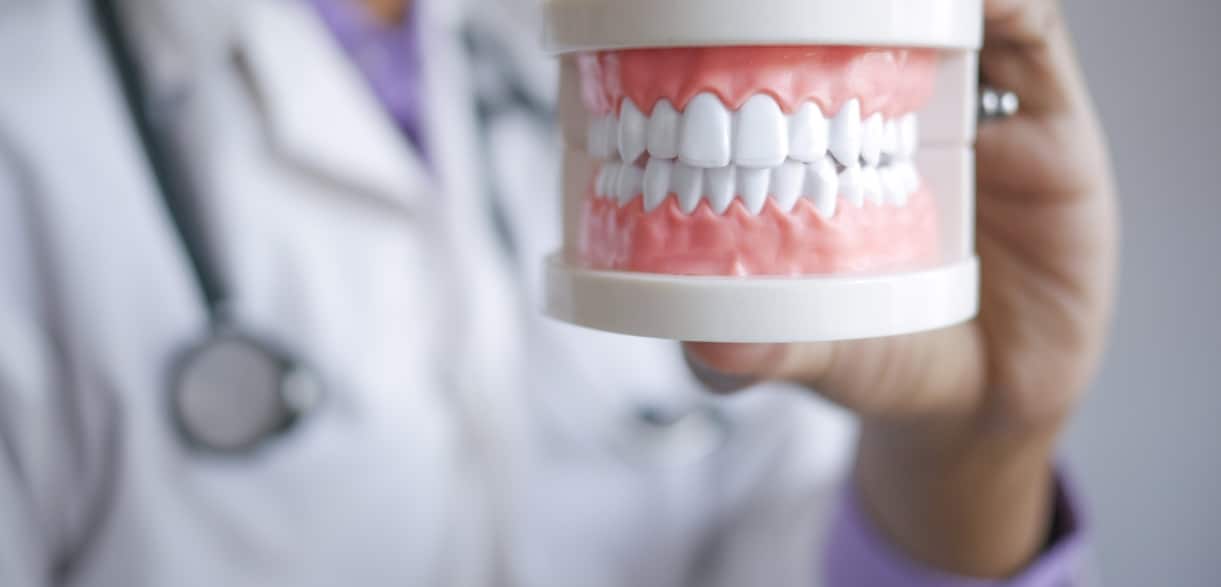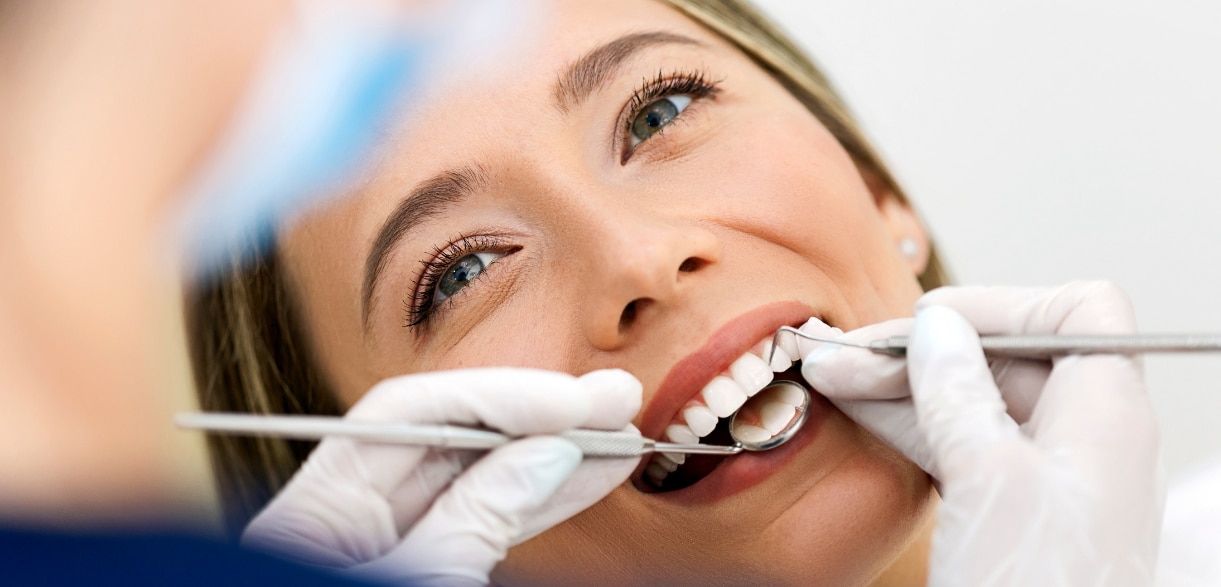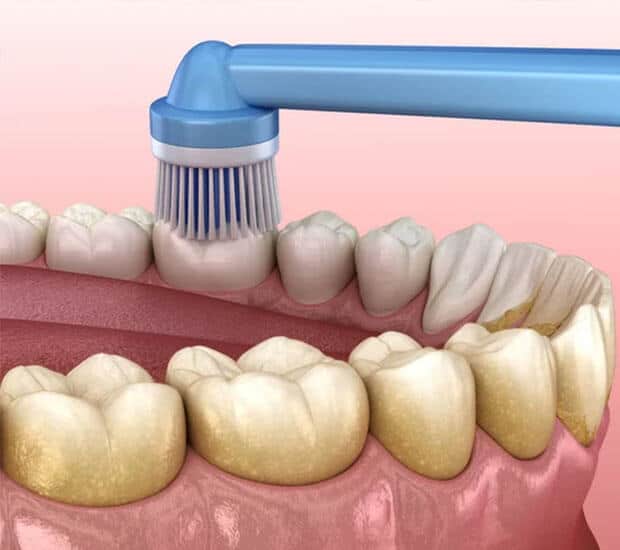
Periodontal Therapy Services Cypress TX
By Dr. Shannon Pham
Periodontal disease, commonly known as gum disease, is the most common adult dental affliction. About 30% of the population experiences gum disease, and it's the number one cause of tooth loss in adults. Many denture cases begin as a result of the ravages of this condition. While not curable, it is controllable. But it requires a focused strategy, similar to managing other chronic conditions such as high blood pressure or diabetes. Gum disease can advance in stealth mode with few signs or symptoms in early stages. Many patients diagnosed with this condition find themselves surprised at the quiet damage progressing in their mouths. In simple terms, consider the gums and bone around your teeth as the foundation where they sit. Just like a house, the foundation must be sound regardless of the beauty of the house. When the foundation crumbles, the rest of it goes too.
Regular dental exams, professional cleanings, and good oral hygiene practices at home are essential to detecting and strategically managing periodontitis.

What Causes Gum Disease?
Our mouths provide a home to millions of bacteria, both beneficial and harmful. Bacteria form a sticky substance, plaque, that adheres to the teeth. Brushing and flossing aim at removing plaque before it mineralizes into tartar. Tartar becomes a colony for more bacteria and adds to their population, pumping out toxins into the gums.
Gums react to this bacterial invasion with an inflammatory response under the direction of the immune system. Around the base of each tooth, a small collar of gum tissue exists that forms a small crevice or pocket. This warm, dark environment provides a perfect habitat for deeper tartar and bacterial penetration, with their toxins seeping into the base of the collar.
Early inflammation results in bleeding gums, known as gingivitis. Bacteria left untreated and undisturbed successfully create a chronic infection in the gum collar. In many cases, the bone begins to deteriorate around the teeth as the bacteria burrow deeper into the gums. While gums may be slightly tender at this stage, there's generally minimal discomfort as the bone dissolves.
More than 50% of the bone around your teeth can disappear before any signs of looseness or pain begin to appear. The bone around teeth never regenerates, so this loss becomes permanent and harder to control as the bacteria hide deeper into the gums. Untreated gum disease leads to abscess and generalized tooth loss in many advanced cases.
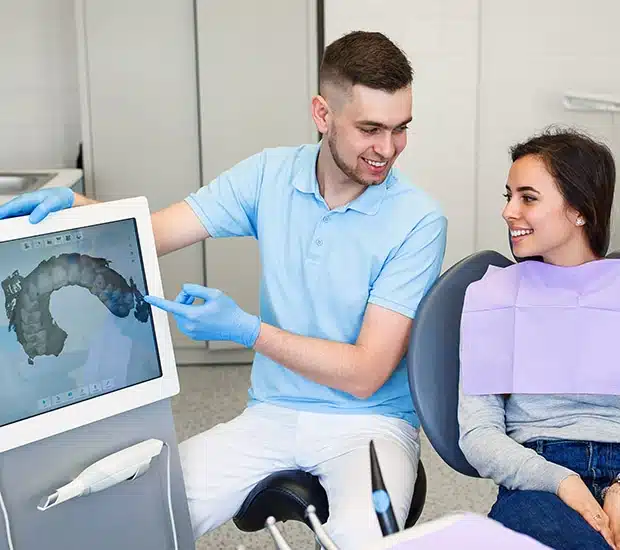
Diagnosis
We draw on objective clinical data to form a gum disease diagnosis and to grade the condition. The small collar of gum around each tooth usually sits 2-3 millimeters deep, a small crevice easily cleaned by floss or toothpicks. Dr. Pham or our hygiene team can measure and chart multiple areas using a small measuring device. If these measurements register beyond 3 millimeters and include bleeding areas, the disease is present. Deeper findings indicate more advanced disease than shallower readings.
Dr. Pham will also consider the texture and shape of your gums, and any movement detectable in each tooth. It's also vital to examine the levels, shape, and density of the bone around your teeth on digital x-rays. By drawing together numerous findings, a clear picture forms about your gum condition.
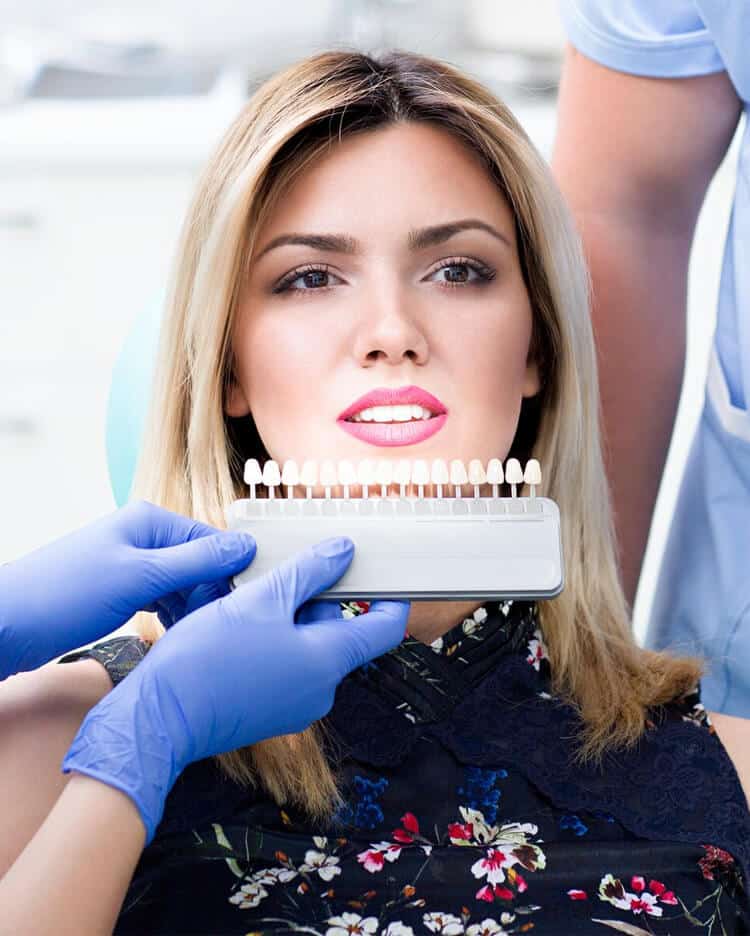
Treatment
After establishing a diagnosis and defining the severity, a personalized gum disease treatment in Cypress TX can be developed with you. In milder forms with little or no bone loss, one or two visits with our hygiene team may bring the condition under control. When you leave our office with a strategy for daily home care and an established schedule for maintenance, little additional treatment may be needed.
If the inflammation has advanced with measurable bone loss, a proactive approach halting the destruction should be strongly considered. We often suggest gentle numbing of your gums for your comfort during the deeper cleaning process. One area at a time undergoes meticulous cleaning above and below the gum line, usually over several visits. The infected collar or pocket around each tooth, including the mineralized tartar, must be carefully cleaned with hand and ultrasonic instruments. Polishing of the teeth to establish glassy surfaces that help repel stain and plaque accumulation usually finishes this initial therapy.
Dr. Pham may suggest a medicated rinse, an electric toothbrush, a Waterpik, or other specific strategies to help you with your ongoing efforts. Remember, gum disease can be controlled but not cured. Dedicated daily efforts must be consistent to control the disease.

Maintenance Matters
Regular home care is critical to arrest the progression of gum disease. Within a few hours of a careful cleaning, the bacteria begin to repopulate and adhere to the teeth. Plaque left undisturbed will start to harden and mineralize within 24 hours. And deeper gum pockets require even more diligence to prevent the bacteria from burrowing further into the foundation of your teeth.
Since the deepest sections of gum pockets previously damaged by bacteria can be difficult to reach at home, a particular maintenance schedule with us proves essential. We can customize your plan to include 2, 3 or 4 visits a year depending on the severity of disease and its response to treatment and home care.
If our combined efforts don't halt your gum disease, we will suggest referral to a trusted specialist, known as a periodontist. With specialized training in many gum conditions, further treatment may be recommended.

Mouth-Body Connection
Current research continues to establish clear links between bacterial disease in your mouth and ailments in other parts of the body. Studies show a link between oral bacteria and conditions such as heart disease, stroke, arthritis, Alzheimer's, and certain types of cancers. The integration of oral and general health has never been better understood than it is currently.
Bleeding gums provide a direct pathway into the bloodstream, a journey that toxic oral bacteria can quickly take. In fact, if bleeding gums connected into one single patch, it would create a 2 x 2-inch square. If an open wound of this size existed on your skin, infection would be a concern. Bleeding, infected gums offer this open door to your body and sit saturated in colonies of bacteria. This helps explain why researchers continue to identify oral bacteria deposits in various areas of our bodies.
Diabetes and other auto-immune disorders lower the body's ability to fight infection, allowing uncontrolled gum disease to advance faster and with more destruction. Research also confirms that the inflammation in the mouth can aggravate diabetes, making it harder to control. This two-way relationship between two chronic conditions emphasizes the importance of optimal oral health.






